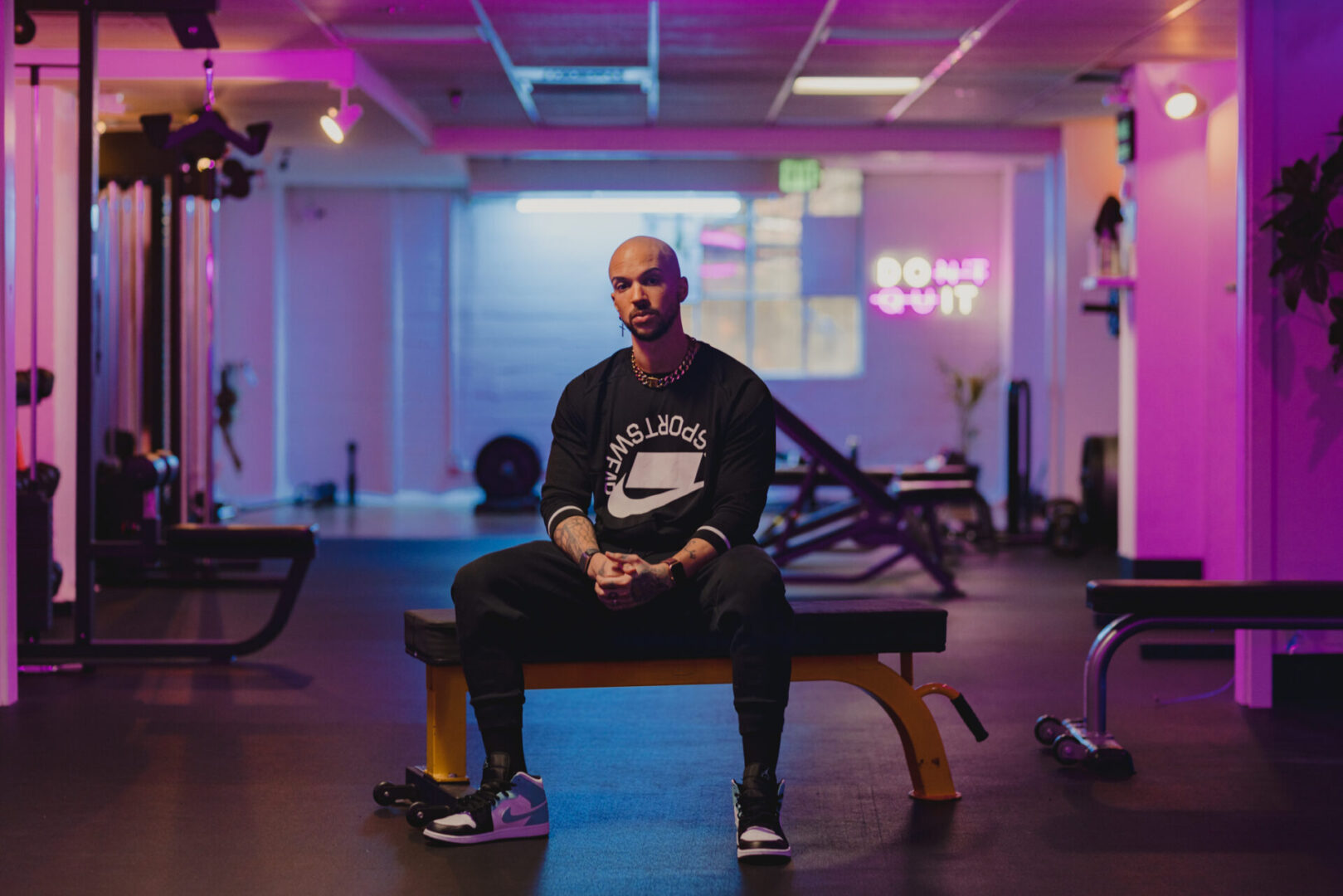How to build a workout program
When building a workout program we can easily get lots in the nuance and details of specific goals and methods. My goal with this article is to help you piece together a safe and effective program to get started. Programs do need to be updated as you progress and ideally should consider your goal. So don’t just make this one and use it forever.
Foundational Movement Patterns
Let’s start with the foundational movement patterns that should find some way into your program. These are going to be squat, hinge, lunge, push, pull, rotation. These movements break down a bulk of human movement. Training these patterns will of course help us get stronger, more toned, and fit. But also have us more prepared for athletic endeavors.
Depending on how many days a week you plan on training you might organize your training a few ways. Some options are push/pull/leg split or Upper body days and lower body days . Another option is Full body for 2-3 days a week. We’ll revisit this in another article at some point but like I said, just an overview today.
Exercise Selection
So let’s say we have decided 4 days a week for your workout program. They consist of alternating upper body and lower body training sessions. For the upper body days we want a couple push exercises (push-up, Dumbbell Bench Press, Shoulder press, etc.) and a couple pull exercises (One-arm Dumbbell Row, Pull-ups, Machine Row, etc.). We also want to add some stuff for our core. Especially if we haven’t trained our core directly in the past. Core work should consist of anti-rotation, anti-extension/anti-flexion, and anti-lateral flexion. Throw in a couple exercises for your arms (Curls, Tricep Rope Pushdowns, etc.) and call it good. Many people will need more then this because of shoulder health that needs improving which requires special attention.
For lower body we want to perform some squat variation (Counter Balance Squat, Goblet Squat, Front. Squat, etc.), a hinge variation (Hip Thrust, Romanian Deadlift, Trapbar Deadlift, etc.), and some single leg work (Single Leg Deadlift, Split Squats, Step-ups, etc.).
When selecting exercises for your workout program focus on improving skill/function or select exercises that are more externally stabilized. Externally stabilized exercises help us to challenge the muscle closer to failure (which is important for growth). We want to balance these out based on our needs and our goals over time. If we need more recovery and improved function we would more regularly go for the movements that are less stable. If we want to focus on muscle growth, pick exercises where you can really push yourself for more of our exercises.
Sets and Repetitions
In your workout program we want to make sure we aren’t doing too much. We also want to make sure we are doing enough. The minimum sets per muscle group per week to have a muscle grow seems to be 10 sets (taken to near failure). During 1 workout we don’t want to do more then 10 sets per muscle group. Doing more has been shown to be less effective.
Depending on how well trained you are you might do anywhere from 10-25 sets per muscle group per week. I’d suggest starting on the lower end and if you stop changing add more sets. Continue adding until you hit the 20 set mark or results slow down. It’s been shown that you can maintain muscle with as little as 1/9th the sets required to grow it. If you want to know if you’re training hard enough or with the correct weights check out this link.
Let’s look at repetitions briefly. When we are training for strength we will most often train with <6 reps. We want to save the strength reps for the foundational movement patterns (check out this link for more on strength). For muscle growth almost any rep range will do as long as we are < 3-4 reps from failure. For endurance almost anything more than 12 repetitions should help (depending on how much we need).
Rest Periods
Rest is crucial! Getting the right amount doesn’t have to be difficult. Here’s what you’re going to want to do. Get enough rest that you’re recovered between sets of exercise so performance doesn’t drop off. Rest little enough that you aren’t at the gym all day. In most cases 2-3 minutes is sufficient for heavy lifts and 1-2 minutes on sets with 10 or more repetitions.
Closing notes
Everything you’ll ever need to know will not likely be boiled down to one blog but this is a good place to start. I’ll continue to add blogs that expand on these topics so things get more and more clear. Main thing is you pick exercises you like, that fit your goals, you train them hard enough, and with enough sets/reps to grow stronger. Topics like training frequency, reps from failure, training volume, periodization could all be their own blogs. If you have questions please email me at [email protected] and I’d be happy to help out. Or check out the Fit For Fitness Podcast where we dive in on more topics.

